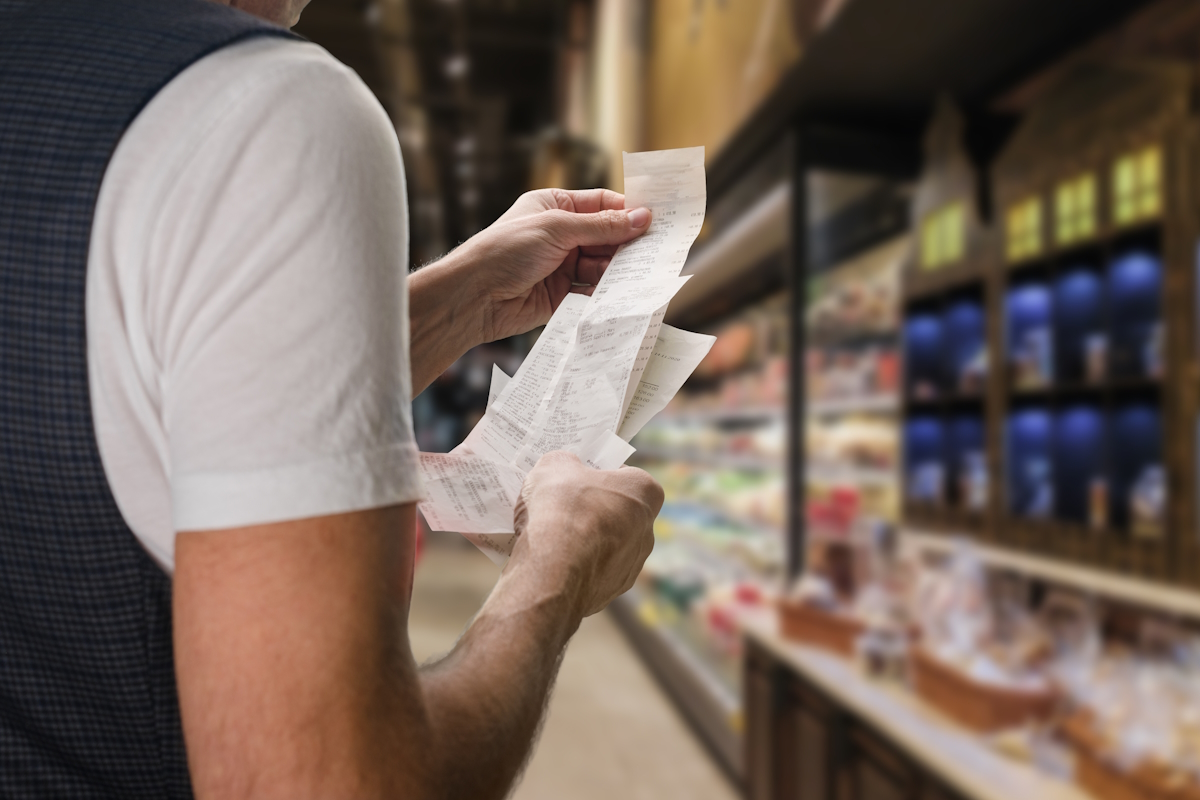The Philippines is back on the growth track. The archipelagic country registered an economic growth of 5.6% in the fourth quarter of 2023, resulting in a gross domestic product (GDP) growth rate of 5.6% for the entire year. “While this growth is below our target of 6 to 7% for 2023, it keeps us in the position of being one of the best-performing economies in Asia,” said National Economic and Development Authority (NEDA) Secretary Arsenio M. Balisacan when the data was released end of January.
Balisacan pointed out that the full-year GDP of 2023 is 8.6% higher than pre-pandemic levels. Consumer spending was the main driver behind the 2023 growth, with household spending growing faster in Q4 (5.3% year-on-year) than in Q3 (5.1%).
The outlook for the Philippines remains upbeat, with the authorities targeting GDP growth of 6.5 to 7.5% for this year. However, consumer sentiment is less optimistic. The latest Consumer Expectations Survey (CES) by the Central Bank of the Philippines, Bangko Sentral ng Pilipinas (BSP), conducted in Q4 2023 found that consumers were more worried about a faster increase in the prices of goods, lower income, fewer available jobs, and the effectiveness of government policies and programs on inflation management than in the previous quarter.
“In particular, households are increasingly worried about inflation accelerating further in 2024,” says Nicholas Mapa, Senior Economist, Philippines, at ING. “The BSP’s recent emergency rate hike last October 2023 cited ‘the need to anchor consumer inflation expectations’. Back then, it was estimated that households forecast inflation to hit 6.6% in 2024. The latest survey results now have consumers expecting inflation to worsen further, rising to 6.9%, even after BSP’s off-cycle rate increase.”
According to Mapa, Filipinos are taking on more debt, which fueled household consumption last quarter. “With the Philippine economy reopening in mid-2022, Filipinos went to town (literally), sparking a sustained run of double-digit growth for spending on discretionary items such as recreation, restaurants and hotels. The episode of revenge spending has extended much longer than we had anticipated, prompting the question of how households could sustain this spending in the face of high inflation and elevated borrowing costs. Short answer: they borrowed,” says Mapa.
Since 2022, consumers in the Philippines have taken on more and more debt. The CES shows that the utilisation of the loans has shifted, and more households now utilise loans for essential goods than in the period before Covid-19.
“Before the pandemic, roughly 35% of households used loans for things like groceries, but now it appears to be more prevalent, with 54.2% now borrowing for these purchases. Loans to cover education and business expansion have also picked up, but the most substantial increase remains spending on basic items,” says ING’s Mapa.
At the same time, the BSP study found that consumers cannot save more. Only 29.1% of the CES respondents said in Q4 that they are able to save, compared to the pre-Covid level of 37.8%. “While we can argue that consumers are possibly more confident about putting off savings (because of improved employment opportunities), we believe that low levels of savings could still make consumers more vulnerable during potential economic downturns,” contents Mapa.
Mapa suggests that diminishing consumer confidence could influence their savings and investment choices throughout the year, potentially affecting their spending habits. Higher debt and reduced savings may limit Filipino consumers’ spending capacity in the future, which could slow down household consumption – a key driver of GDP – and thereby restrict economic growth.
“It will be imperative for government officials to combat price pressures in 2024 to help bolster sagging consumer sentiment to ensure a sustainable run of growth,” Mapa concludes.










 Australia
Australia China
China India
India Indonesia
Indonesia Japan
Japan Malaysia
Malaysia Philippines
Philippines Singapore
Singapore South Korea
South Korea Taiwan
Taiwan Thailand
Thailand Vietnam
Vietnam Germany
Germany Hong Kong
Hong Kong USA
USA Switzerland
Switzerland Singapore
Singapore
 United Kingdom
United Kingdom








